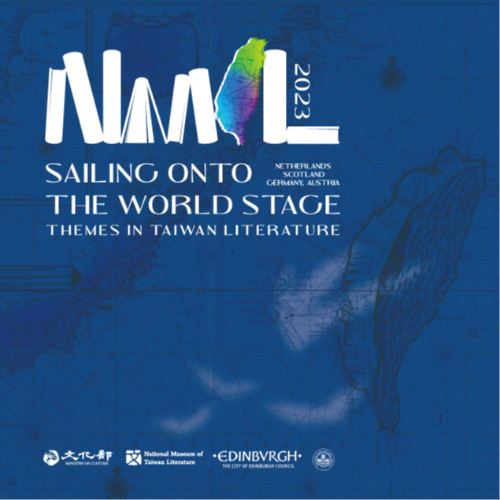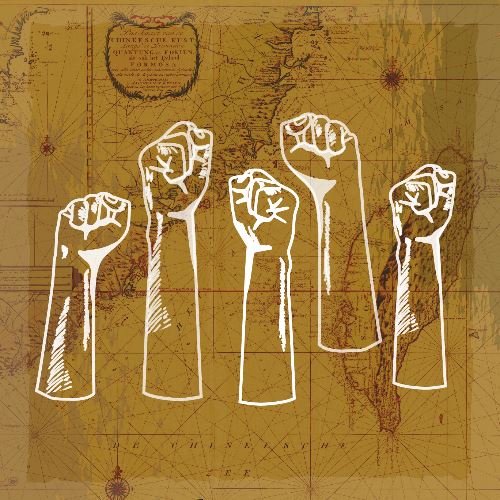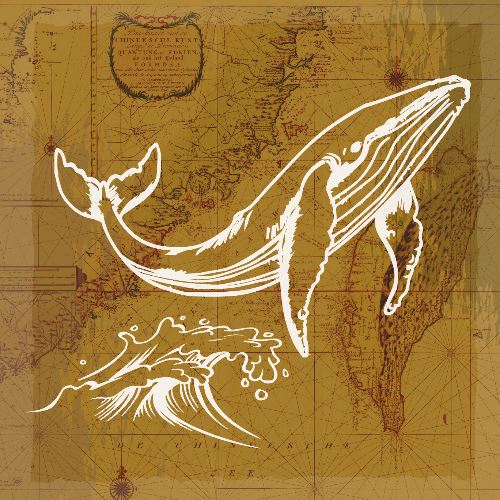
⧉ Indigenous Taiwanese boats, Lan-yu(Orchid Island)
(Photo by Justin Cheng)
Taiwanese indigenous peoples belong to the Austronesian language family, and were the first habitants of this island. However, beginning in the early 16th century, immigrating Han people encroached upon the indigenous peoples' ancestral lands, forcing the native Taiwanese peoples to relocate from the plains into the mountains. During the 1980s, a quarter of Taiwan's indigenous population had to leave their hometowns to seek livelihoods in factories, construction sites, and on distant-water fishing vessels.

The cyclical relationship between the islet and typhoons is a natural rhythm the islanders have long been accustomed to. (...) It was the ancestral experience and wisdom of sustainable fish ecology that nurtured the harmony between the Tao people and the natural environment. A typhoon took away Dad's beloved wooden tatala boat. Now he's sailing the sea in his self-built tatala boat, living up to his father's words: "Tatala boats are the ocean's most beautiful adornment."
——Syaman Rapongan: Eyes of the Sky (2012)
Syaman Rapongan depicts aspects of traditional Tao culture, including catching flying fish at sea and building wooden tatala boats, showcasing the Tao perspective of coexistence with the ocean.
Indigenous writers strive to assert their subjectivity within the Han society. Through their writings, they recount the history of indigenous peoples, and express the anxieties and concerns surrounding identity in the face of a changing society.
In the mid 1990s, indigenous peoples took action to reshape the discussion of land history and ethnic culture. Indigenous literature attempts to strike a balance between tradition and modernity, while also passing down the traditional experiences of the people.

She bows her head again bashfully, looking at Malivan's right wrist. She takes a string of ceramic beads, ties it on carefully and gently, and subconsciously caresses Malivan's muscular wrist. She recalls that it was this powerful arm that lifted her body out of the water, and has held her heart ever since.
——Badai: The Love of the White Deer (2012)
In 1640, the VOC (Dutch East India Company) invaded the village of Damalagaw in search of gold. The story depicts five Puyuma women learning witchcraft to protect their people, as well as each of their love stories.










